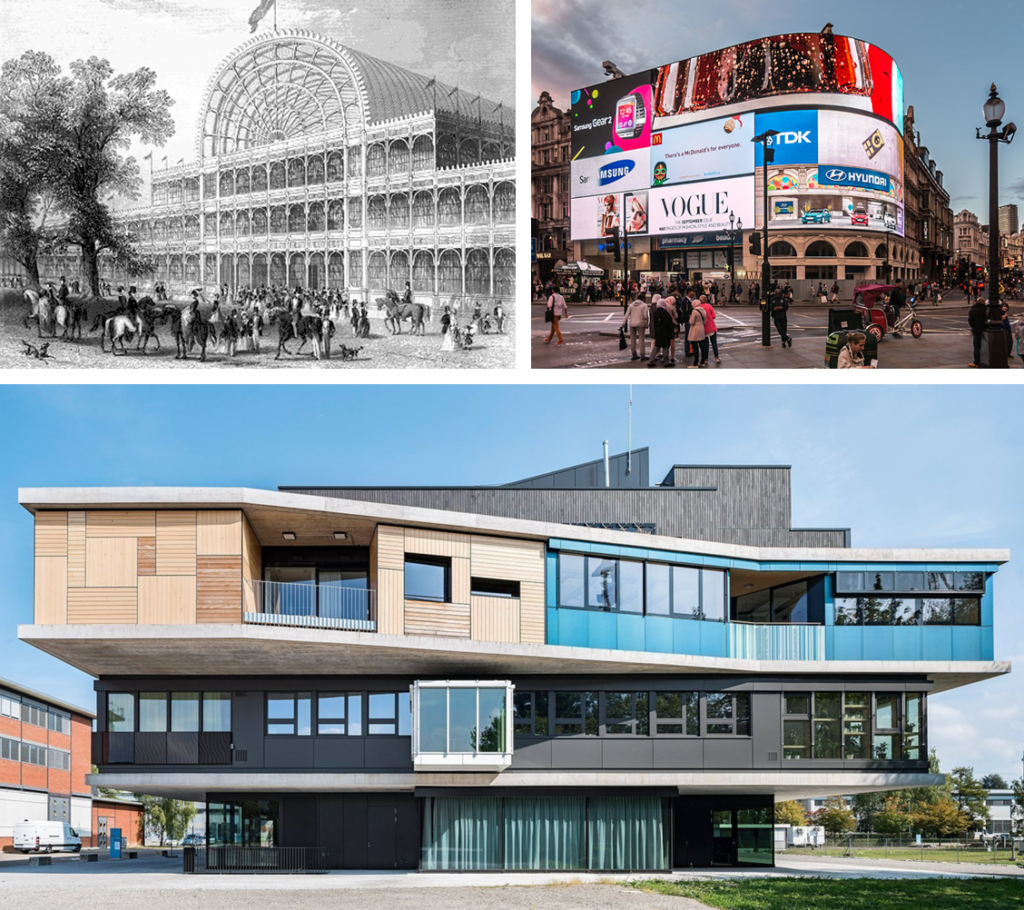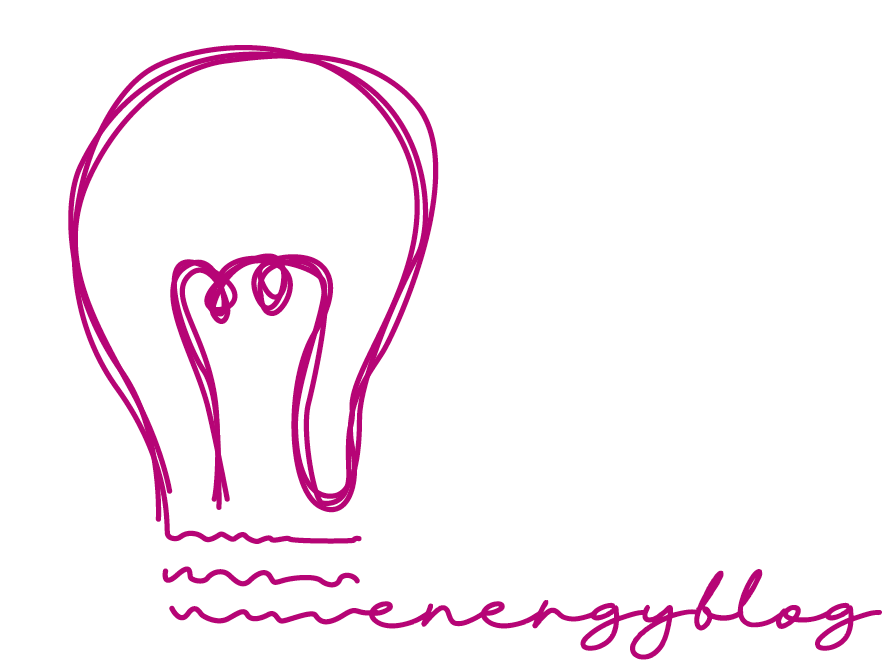By Dr. Christoph Waibel
Christoph Waibel is a Postdoc at the Chair of Architecture and Building Systems at ETH Zurich and is involved in the development of “Hive”, an ETH Innovedum funded teaching tool for energy-responsive architectural design. Christoph’s research interests are in developing and utilizing models and algorithms for an informed decision making process of energy efficient buildings and neighborhoods.
In order to efficiently integrate intermittent renewable energy into our grids, we need to change the role that buildings play in a city. Instead of being mere consumers, they need to become a swarm of smart prosumers capable of stabilizing the grid. This calls for a new way how architects should design buildings, leading to the next era of architecture: “Energy Responsivism”.
Currently, most buildings are mere consumers. They need energy for utilities and room climatisation, and they simply take this energy from the grid. They use whatever they need, whenever they need it. But if we are to efficiently integrate more of the highly intermittent and fluctuating solar and wind energy into our grid, it suggests that we reform the role buildings play. This, in turn, calls for a new way architects should design buildings.
From buildings as individuals to buildings as team players
In an ideal future, buildings will evolve from consumers to prosumers: Instead of a one-directed energy flow into the building, energy will dynamically flow both ways out of and into the grid. This is made possible by equipping buildings with photovoltaic panels and batteries to store and feed-in self-generated clean electricity. Furthermore, in conjunction with smart controls, thermal mass of the buildings will be utilized as a dynamic and responsive grid stabilizer without compromising on the comfort of the occupants . This way, buildings can cover much of their required energy themselves, and even significantly contribute towards a stable, clean, and efficient grid.
Smart grids will change architectural design
Historically, innovations and changes of a technical (e.g., the introduction of materials such as steel and concrete) or societal nature (e.g., media facades at the Piccadilly Circus displaying consumerism) are usually also reflected in a transformation of contemporary architectural style (Fig. 1). Consequently, it can be expected that a transformation in energy infrastructure (smart grids) will result in a new architectural style of energy responsive buildings. From Postmodernism, Deconstructivism, Parametricism, finally to Energy Responsivism as a new era in architecture?
While most architectural styles essentially expressed individualistic solitaires (the particular building was the center of attention), prosumer buildings in the era of Energy Responsivism have to extend their system boundaries, where buildings are understood as part of collaborating networks. It is apparent that this requires a fundamentally different approach towards how architects design buildings, accompanied by a new set of skills for architects to master. It includes tools for energy-related topics that were traditionally attributed to engineering disciplines, such as building energy demand assessment or PV electricity generation calculations.

Fig. 1. Architectural examples displaying their respective Zeitgeist.
Top left: Crystal palace by Joseph Paxton. (Image source: www.wikipedia.com)
Top right: Piccadilly Circus in London. (Image source: www.wikipedia.com)
Bottom: The “Nest” research building as pioneer of “Energy Responsivism”? (Image source: https://strom-online.ch/das-nest-der-empa/)
Smart buildings – smart architects?
An architect these days has to deal with a multitude of technical aspects that extend beyond what is traditionally understood as architectural design: smart meters and smart grids, renewable energy such as building integrated photovoltaic (“But that ruins the aesthetics!”), building controls (letting a computer decide when to lower the sunscreens), demand response (“The dishwasher might start sometime between now and the next 12 hours, thank you for your patience”), heat pumps and storages (“those ugly things in the basement”), etc.
Related topics around sector coupling, grid integration and demand side management — crucial keystones in the urban energy transition — are still in the exploration and experimentation phase. Highly specialized experts with backgrounds in energy, economics or computer science are conducting complex, ongoing research. However, given the expected long life time of buildings, architects should already now consider these recent technical and scientific insights when designing new or refurbishing existing buildings; they must be compatible with future smart grids, if they are to contribute to overcoming global environmental challenges. This means that architects have to change their trained habits and adapt to a new way of designing buildings.
Being able to design energy responsive buildings without a PhD
So far, I have argued that the energy transition will also lead to a new style of architecture because of the fundamentally different role buildings will play. Formally, this might be expressed by various design interventions. For example, energy active facades and building components; different choices of materiality because of the impact this has on thermal latency; or by having more functional diversity within neighborhoods and buildings, as this is known to facilitate operational flexibility of an energy system.
These interventions are technically complex and currently, architectural training does not demand that students also be expert physicists, engineers, and computer scientists simultaneously — nor should it. If we want architects to design energy responsive buildings that contribute to a future with sustainable energy infrastructure, they will need an entirely new set of tools that enable them to extract technical information and synthesize it into their designs. It should be a matter of course in designing and retrofitting future buildings that the energy demand of design alternatives is assessed, that the electricity generation potential of building-integrated PV is considered, and that the load-shifting ability of a building is well understood.

Fig. 2. The “Hive” tool for energy responsive architectural design in teaching.
For architects, therefore, tools that allow them to intuitively and effectively evaluate the performance of design alternatives will become indispensable. One step in this direction is “Hive”, an architecture-focused performance evaluation tool developed at the Chair of Architecture and Building Systems at ETH Zurich, and funded by an ETH Innovedum grant. Hive is an open source plug-in for the CAD program Rhinoceros 3D and its visual programming platform Grasshopper. It includes fast calculation models that are appropriate at an early design stage and hence enables architecture students to get sensitized for energy-related topics (Fig. 2).
Considering an ever increasing technological complexity of smart buildings, are architects still the right people to design them? Yes, they are! But instead of overloading their university curriculum with more engineering, physics, and computer science, they need the right tools that provide them with instant performance feedback. Such performance evaluation tools would allow them to intuitively understand cause-and-effect relations necessary for making informed decisions. Furthermore, such tools can serve as a bridge of communication between expert domains and thus foster interdisciplinary collaboration. This way, architects can focus on the creativity and continue to do what they do best: design great, energy responsive buildings.
Cover photo by District Energy In Cities: Unlocking the Potential of Energy Efficiency and Renewable Energy. United Nations Environment Programme (2015)
Keep up with the Energy Blog @ ETH Zurich on Twitter @eth_energy_blog.
Suggested citation: By Waibel, Christoph. “How smart grids will change the way architects have to design buildings”, Energy Blog @ ETH Zurich, ETH Zurich, December 4th, 2020, https://blogs.ethz.ch/energy/smart-grids/



Leave a Reply